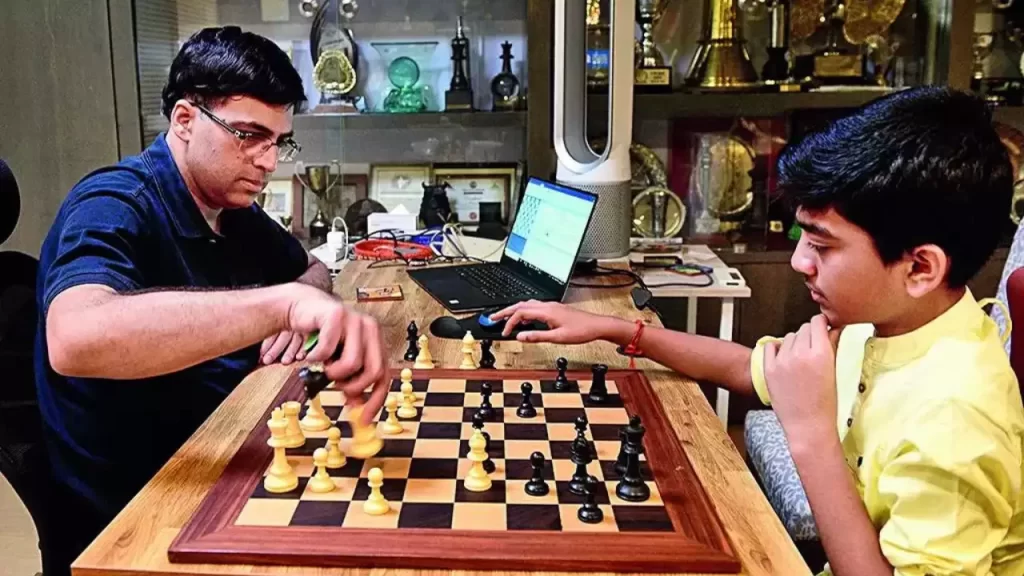Success in chess is not merely about making the best moves but doing so within the constraints of time. Chess players must navigate the chessboard with an acute awareness of the ticking clock, employing strategic time tactics to outmaneuver their opponents. At the heart of effective clock management is the delicate balance between speed and precision. Players must strive to find the optimal tempo, neither sacrificing accuracy for speed nor succumbing to time pressure. One strategic approach is to allocate more time to critical positions, where a single move can alter the course of the game. By identifying key moments and investing time wisely, players can ensure a solid foundation for the ensuing complexities. The opening phase demands a judicious allocation of time. Experienced players often strive to move swiftly through well-known openings, reserving precious minutes for the middlegame and endgame, where the real battles unfold. Developing a repertoire of openings that can be played confidently and rapidly is a cornerstone of efficient clock management, allowing players to gain a time advantage early on.

Moreover, players must be attuned to their opponent’s clock, exploiting time differentials to apply pressure. Deliberate moves can force opponents into unfamiliar territory, inducing them to spend more time than anticipated. This strategic time pressure can lead to mistakes and oversights, providing opportunities for the astute player to capitalize on their opponent’s clock mismanagement. Clock management also extends beyond individual moves to encompass broader time strategies. The Fischer increment, where chess lessons for beginners players gain a fixed amount of time with each move, adds an additional layer of complexity.
Skillfully navigating this increment can create a safety net, allowing players to accumulate time for critical moments. Conversely, players must be wary of falling into time trouble, where the pressure of making moves quickly can compromise the quality of their decisions. In the endgame, where precision reigns supreme, judicious use of time becomes paramount. Players should recognize the critical positions that demand thorough calculation and allocate their remaining time accordingly. Rushed endgame decisions can prove disastrous, turning potential victories into draws or losses. In conclusion, clock management stands as a cornerstone of success in chess matches. It requires a nuanced understanding of when to invest time, when to apply strategic time pressure, and how to navigate time increments. As players weave their way through the complexities of the chessboard, the ticking clock serves as a constant reminder that mastering time tactics is indispensable on the path to victory.
